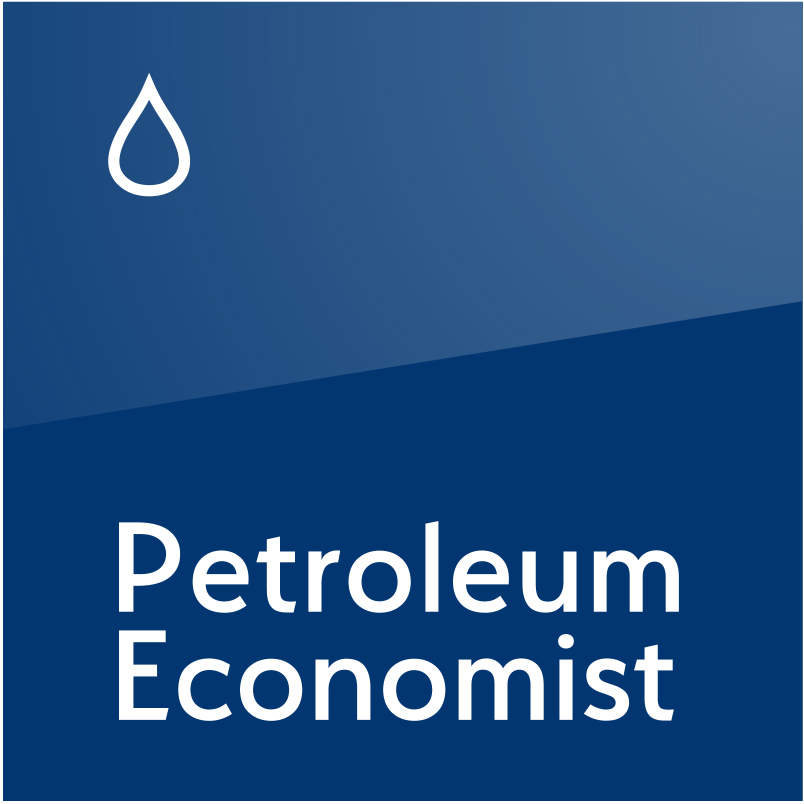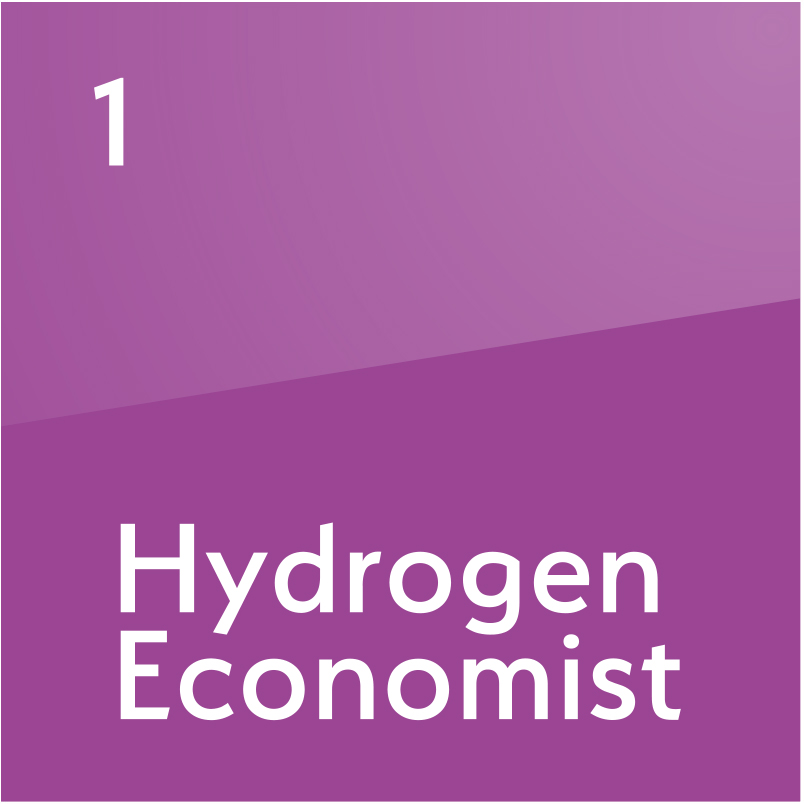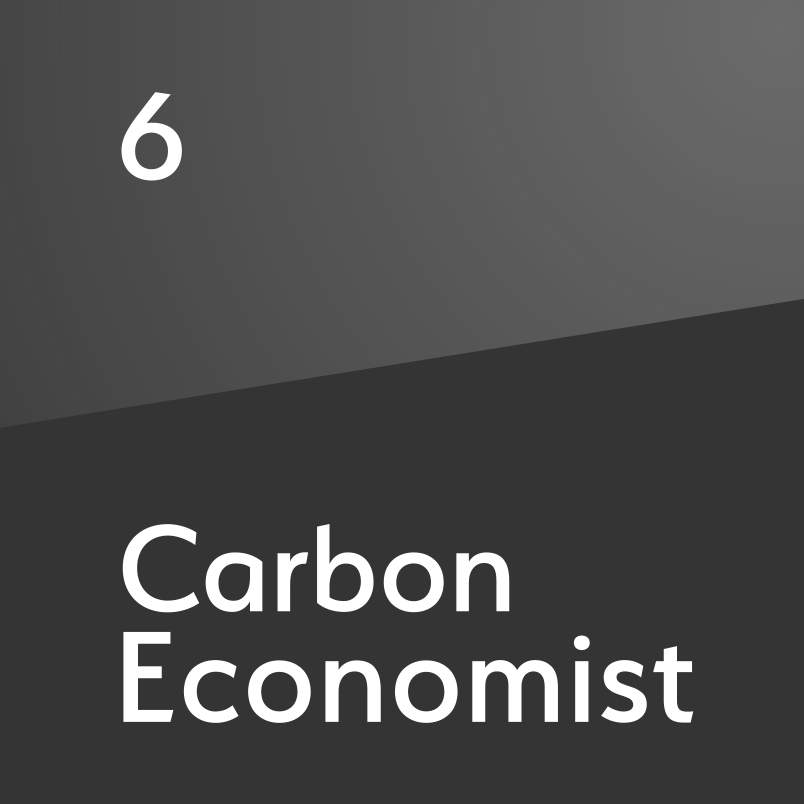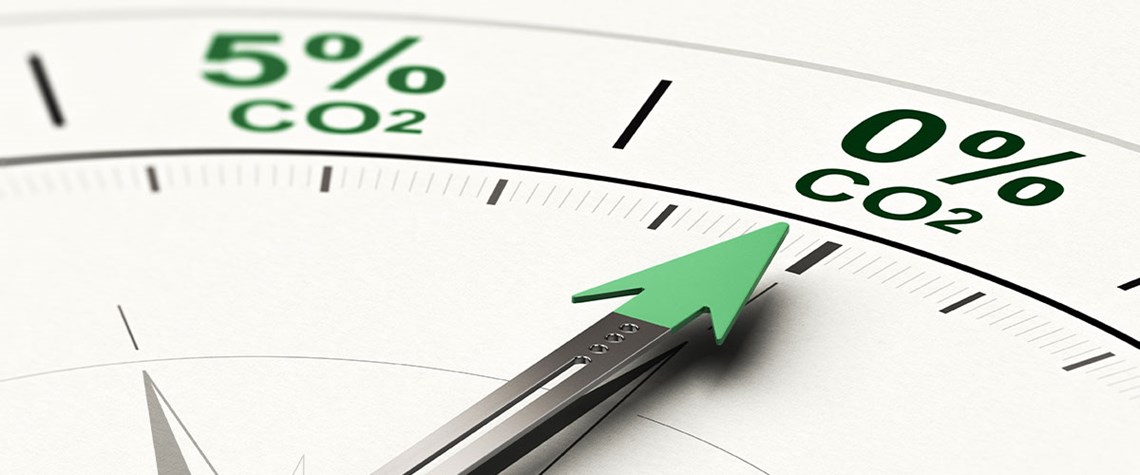Independent producers’ scope three dilemma
Is it enough for pureplay upstream firms to concentrate solely on emissions within their control?
More than 80pc of a barrel of oil’s carbon footprint is scope three emissions. But an independent producer, having sold its share of output from a field, no longer has a say on where that oil goes, into what it is refined and, ultimately, how it is combusted and releases most of its CO₂. There are, in fact, few—if any—barrels these days that remain in a single pair of hands from production, through transportation (including potential shipborne resales), refining and distribution, to retail, begging the question what roles traders, refiners and distributors might have to assume in a future where a matrix for sharing responsibility for scope three emissions must surely emerge. But, at least un

Also in this section
5 December 2025
Mistaken assumptions around an oil bull run that never happened are a warning over the talk of a supply glut
4 December 2025
Time is running out for Lukoil and Rosneft to divest international assets that will be mostly rendered useless to them when the US sanctions deadline arrives in mid-December
3 December 2025
Aramco’s pursuit of $30b in US gas partnerships marks a strategic pivot. The US gains capital and certainty; Saudi Arabia gains access, flexibility and a new export future
2 December 2025
The interplay between OPEC+, China and the US will define oil markets throughout 2026







